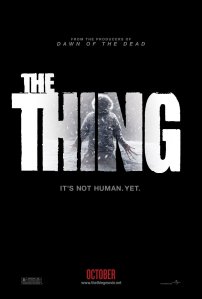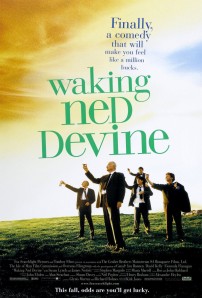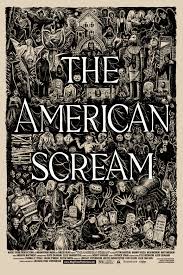Hayao Miyazaki is arguably the greatest animator alive today. He has created some of the most intricately beautiful scenes and characters known to the art, and he makes it look effortless. He attends each of his films with masterful detail, placing each from under an artistic microscope and attending to the seemingly mundane details that he thinks are true to the nature of the characters he bestows life. Howl’s Moving Castle, while not my favorite Studio Ghibli production, boasts his signature animation, lovable and broken characters, and a soundtrack that is capable of sweeping the most dedicated realist into a land overflowing with wonder and magic. While it’s a very unique film, like many movies these days, it was first a book.
Diana Wynne Jones was an author of fantasy novels, and in the case of Howl’s Moving Castle possessed a dry wit that translated spectacularly on the page, but seems to have been watered down for the screen. The novel version of Howl is wrought with play-on-words, twists, this was something not entirely lost in the film, but was a much larger tone. Her usage of words was to the plot like the perfect amount of spices to your favorite dish. Jones’ craft shines through at each turn of the page, not as a heavy handed fantasy that pervades the market today, nor as a light and substanceless young adult novel. Rather she finds a happy medium where magic is neither silly nor cataclysmic. It is an element that is neither rare nor extremely prevalent
The novel boasted a whimsical, albeit odd, tone with memorable characters and something that made the fantastical workings of an eccentric young wizard feel almost ordinary and apart of everyday life. Miyazaki has proven to excel at portraying the whimsical on screen, but he’s also proven to be exceptional at finding the beauty in the ordinary. Howl was the perfect fit for an adaptation. The truest bond to the book that the animated feature has is in the two main protagonists. Sophie, a teenaged girl that finds herself cursed so she looks and feels like an old woman. And the titular wizard Howl; a young wizard feared by the locals as a ruthless evil warlock, but in actuality is no more than an adolescent teenager himself. The two characters in both novel and movie bring out the best and worst in each other. The two artifacts of literature and film stay amazingly true to each other until about halfway through. The book focuses on the witch of the waste as the main villain, while the film focuses on a war between kingdoms and the destructive power of Howl’s powers. This was a mistake. While I love the movie, the direction that the book takes is more fun, it’s more interesting and it’s far less confusing.
You’ve probably seen Howl’s Moving Castle, and if you haven’t you should. It’s beautiful and one of the best animated films to come out in the last 10 years. That being said, the source that it gleans it’s inspiration is an even tastier morsel to consume. My friend and fellow writer, Paul Boyne, creates posts in which he compares and contrasts two films into a “double feature” his most recent also focused on my favorite Miyazaki film : Spirited Away









